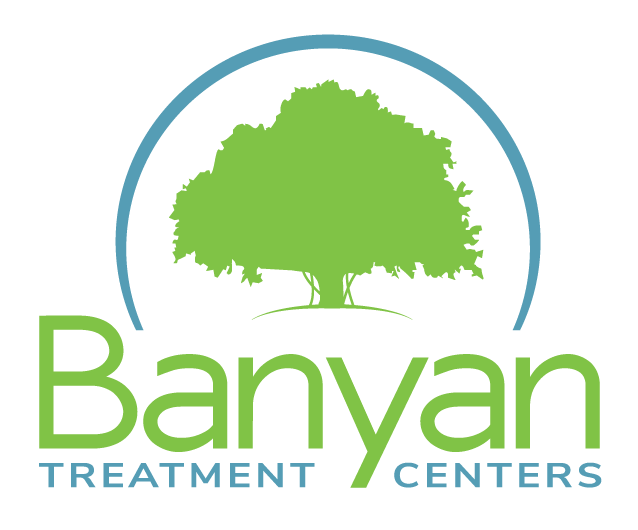Although not formally recognized in the Diagnostic and Statistical Manual (DSM), orthorexia nervosa is on the rise. Due to both personal problems and external contributing factors like social media, many people fall into the orthorexia category of eating disorders. There are various types of eating disorders, each of which is marked by certain symptoms and types of disordered eating. If you or someone you know has become more infatuated with healthy foods, keep reading to understand what orthorexia is and how to recognize it.
What’s Orthorexia Nervosa?
The term orthorexia was coined in 1997 by American physician Steven Bratman. It refers to an obsession with proper or healthy eating. The term is derived from the Greek word “orthos,” meaning ‘right’ and “orexis,” meaning ‘appetite.’ Although being aware and mindful of the nutritional quality of the food you eat isn’t necessarily a problem, people with orthorexia nervosa become so fixated on so-called “healthy eating” that they actually damage their health.
Unlike other types of eating disorders, orthorexia nervosa focuses more on food quality than quantity. This means that unlike people with anorexia and bulimia nervosa, people with orthorexia focus more on the quality and nutritional aspects of their food rather than losing weight or being thin. These individuals may also have an extreme fixation on the cleanliness or purity of food and the benefits of eating healthy.
How to Tell if You Have Orthorexia Eating Disorder
Due to its absence from the DSM, there are no formal diagnostic criteria for orthorexia nervosa, making it difficult to get an estimate on approximately how many people have this disorder, whether it’s a stand-alone eating disorder, a subtype of an existing eating disorder, or a subtype of obsessive-compulsive disorder (OCD).
However, the medical community is beginning to recognize orthorexia, and facilities like our Philadelphia eating disorder clinic are emerging with new forms of effective and safe treatment for individuals with this disorder.
Because early intervention is beneficial to a person’s long-term recovery, below are some commonly recognized orthorexia symptoms to look out for:
- Compulsively checking ingredient lists and nutritional labels.
- Increased concern about the health of ingredients in foods.
- Cutting out entire food groups (all sugar, all carbs, all dairy, all meat, all animal products).
- An inability to eat anything but a small group of foods that are deemed healthy or clean.
- An unusual interest in the health and purity of what others are eating.
- Spending hours a day thinking about what food might be served at upcoming events.
- Experiencing distress when foods deemed safe or healthy aren’t available.
- Obsessively following food and healthy lifestyle blogs on Twitter and Instagram.
- Body image concerns may or may not be present.
- Spending unusually large amounts of time planning, buying, and preparing meals believed to be safe or clean, to the point when other areas of life are affected.
- Bringing premade meals to events due to the belief that other people’s food will not meet their standards of healthy.
For people with orthorexia, violating their set of rules or caving in to cravings for foods outside of their safe list usually leads to severe emotional distress and inhibited self-esteem. These individuals often base their self-worth on their ability to meticulously follow a lifestyle they deem healthy.
With that said, the easiest way to tell if you have orthorexia is to recognize whether your fixation with eating healthy is negatively impacting other areas of your life. Moreover, if you or someone you care about shows symptoms of orthorexia, our Philadelphia eating disorder treatment can help.
Orthorexia Recovery at Banyan
Being mindful of the foods you eat and how they affect your health is generally regarded as a good thing - until this interferes with other areas of your life. For some people, there’s a fine line between healthy eating and an eating disorder. If you or someone you care about has crossed that line, our eating disorder rehab is here to help.
Banyan offers orthorexia nervosa treatment in Philadelphia that incorporates psychotherapy programs, exposure therapy, and other evidence-based practices to help clients develop a lifestyle that’s best for not only their physical health but their mental well-being and relationships, as well.
Call Banyan Treatment Centers Philadelphia today at 888-280-4763 to learn more about our levels of eating disorder treatment and how to get started.
Related Reading:









